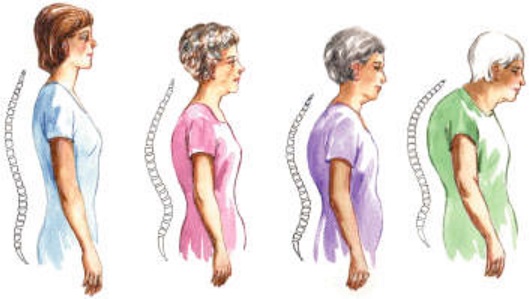2014 will be the year of studying shoulders for our teacher training. Here’s some notes taken from an online webinar as a basis for exploration:
1) Tight pectoral muscles can be a reason for lower range of motion. Use any variety of stretches for those. Just do a google search for great suggestions
2) You cannot flex fully the arms when the upper back is rounded. Arch the thoracic spine
3) Allow the scapula to move up toward the fingers in flexion. Allow the upper back to arch a little. Let the movement be natural and organic without tension in the neck.
4) However, with what we have learned about the skeletal structure as being a limiting factor on range of motion, there will be students whose shoulder blades will not lift and flatten completely on the back.
5)There’s never just one reason for range of motion
6) To make it easier to release the hamstrings and thus get more tipping in the pelvis and arch in the upper back in Down Dog, step the feet a little wider apart.
7)In Down Dog, don’t allow the student to go past the straight line of hips to arms. This is overstretching the shoulders. However, since it is fine to sometimes take a joint in its full range of motion, what is the best pose to allow the mobile shoulder to go to full (beyond straight) range of motion? Probably something without the extreme pull of gravity? So maybe the kneeling half dog? Or what about wheel or a back bend with the wall behind?
8) Down Dog with blocks in front on the wall is nice for moving the lever-point (like a teeter-totter). It feels good for stable shoulder joint. Thumbs off the block and fingers slightly turning inward. Encourage pushing the wall away.
9) Probably most injuries in a yoga practice are repetitive stress injuries
10)Its the same end point of the shoulder joint whether you abduct fully or flex fully.
11) Watch for cases of hanging on the ligaments of the shoulder joint.
12) Side-bending C curves stretch the latissimus dorsi. This muscle is also needed to stretch in Down Dog. A nice sequence would be Down Dog then stretch the lats and pecs then go back to Down Dog to compare.

13) Kyphosis prevents proper flexion, abduction, and breathing. Awareness and stretching are the key. Cobra, rhomboids, cat/dog, bow (good for pecs too)
14) When bringing your arms overhead either abducting or flexion, the humerous automatically rotates externally. Then at about 90 degrees up, let the shoulder rotate inward. In Down dog press into the thumb side and this gives you a little internal rotation.
15) Plank pose is the best pose for firing of abdominals. Now the upper back is rounded. To teach this for women with limited arm strength, start with a push up position with good alignment on the hands and knees and let the body down to the floor. Hands go a little wider, fingers in a little and elbows out a little. Don’t worry about coming up. Just the let down.
16) Chaturanga or low plank using a strap around the upper arms at the bent arms. Belt is the sling to hold the bottom ribs.
17) Women have biologically less muscle fibers upper body and more natural weight in the lower body.
18) Body proportion in headstand is important. Those with long arms have to drop shoulders to get to the ground. Those with short arms have no space to push so that the head is not compressing and grinding into the floor. You can raise the floor with blankets for the long armed person, but there’s no help for the short-armed person.
19) Healing the shoulder joint for someone with a frozen should would be to do plenty of movement without raising the arms – a variety of shoulder shrugging and circling.
20) Find some good instruction to help students be aware of winging the scapula in plank. Puff up the upper back, etc.

